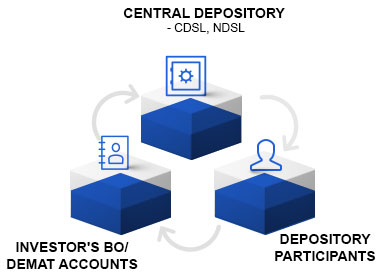T-Account Definition
As per the T-account meaning, it can be referred to as the informal set representing some financial records using the concept of double-entry bookkeeping. The term is useful in describing the overall appearance of the respective bookkeeping entries. Initially, a large-sized T is designed on a page.

The account’s title is then written just above the given horizontal line. Below the same, all debits get listed towards the left and credits get listed on the right. The debits and credits are separated by the vertical line of T.
A T-account also goes by the name as a ledger account.
Getting an Understanding of T-account
In the concept of double-entry bookkeeping –a famous Accounting methodology, all types of financial transactions are known to affect at least two accounts of any company. One account will be representing the debit entries. On the other hand, the second account will be representing the credit entries. Both the accounts are utilized for recording all transactions that tend to occur in the company.
The debits as well as credits get recorded in a type of General Ledger. Here, all account balances are expected to match. The overall visual appearance of the given general ledger representing individual accounts features the T-shape. This is the reason why a ledger account also goes by the name as T-account.
A T-account can be defined as the graphical representation of the general ledger that is known to record the transactions of a business. It is known to feature the following:
- A debit side towards the left
- A proper account title on the top horizontal T line
- A credit side towards the right
Talk to our investment specialist
Recording of T-Account
For multiple accounts, credits & debits might translate to decreases or increases. However, the debt side is always expected to lie towards the left hand of the T outline. At the same time, the credit entries are expected to be listed on the right side of the T outline. The important aspects of the Balance Sheet –including SE (shareholder’s Equity), assets, and liabilities, are reflected in the respective T-account after the occurrence of any financial transaction.
The asset account’s debit entry in the T-account features entries to the left side for reflecting a decrease in the given accounts. At the same time, credit is known to signify an overall increase to the respective accounts.
T-accounts are also utilized for recording changes to the respective Income statement wherein accounts can be established for expenses (losses) & revenues (profits) of the organization. In case of revenue accounts, the debit entries lead to the decrease of the account. On the other hand, the credit entry is known to increase the respective account. Moreover, a debit helps in increasing the expensive account while the credit tends to decrease the same.
T-accounts are mostly utilized for the preparation of adjusting entries. The matching principle in case of Accrual Accounting puts forth the statement that all expenses are expected to match with the revenues that had been generated during the given period.
All efforts have been made to ensure the information provided here is accurate. However, no guarantees are made regarding correctness of data. Please verify with scheme information document before making any investment.











